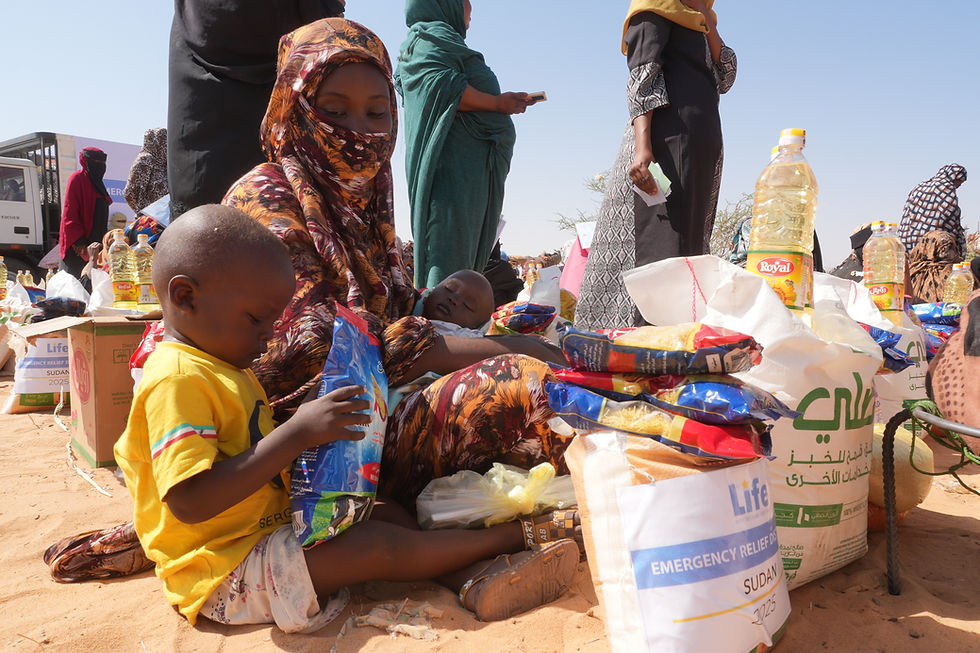Eastern Africa is on Fire
- Life USA
- Apr 8, 2022
- 2 min read
Updated: Apr 15, 2022
The wind is dry and the heat devastating. Somalia, Somaliland, Kenya, and Ethiopia are normally adorned withnatural resources. Currently, they are dry hot wastelands after the third failed rain season. This area is experiencing one of the worst droughts in 40 years. Plant life and animals and now millions of people are dying of thirst and hunger.
Eastern Africa is a victim of changing weather patterns due to climate change. Higher temperatures brought on by climate change increase the amount of moisture that evaporates from land and water, which also causes rainfall patterns to shift. In many areas like Somaliland and other countries in Eastern Africa, these weather changes will lead to more frequent and severe droughts. When this occurs, the area receives less water than usual. The high dry temperatures do not just cause a severe lack of food and water but also an increased likelihood of wildfires.

On Friday, April 1st, Somaliland was hit hard by a raging fire in Hargeisa. The fire devastated one of the country's economic capitals and hubs for economic prosperity. The open-air market, Waheen market, accounts for 40-50% of the city's economy. The fire injured many and caused billions in damages, as well as will affect the livelihood of 1.2 million people who were relying on the market as their main source of income.
A country that has already suffered so much, Somalia and Somaliland are now in greater need of humanitarian aid. If this drought continues at its current rate, it is predicted by international organizations that 1,200,450 people will be in need of humanitarian aid in the next four months in the two countries, Somalia and Somaliland, and 4 million over the eastern Africanregion.

After Somaliland Drought Response Committee appealed to the international community for food distribution, LIFE responded. LIFE for Relief and Development distributed close to 1,500 food baskets to families who have been hit the hardest by the drought in the region.
Despite moving from one location to another in search of greener pastures after the drought ransacked their grazing lands, their livestock died. As a result, she was unable to care for her family's basic needs, she and her family were forced to flee in search of aid and are now relying on international aid to eat and live another day.
“Receiving this food means everything to me and my family. We plan to portion it and make it last as long as we can.” - Halima Jibril



